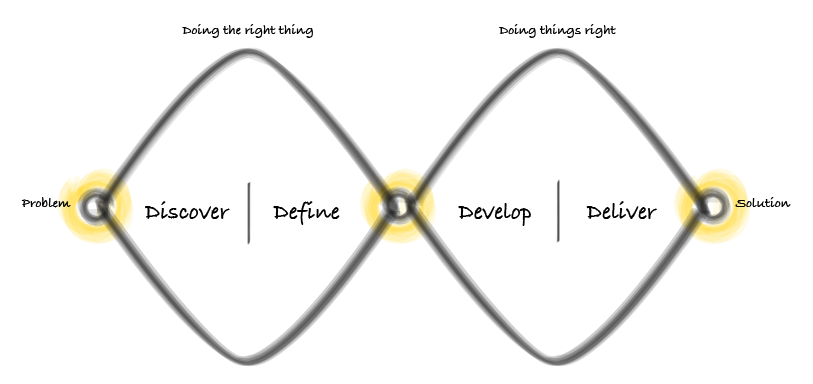
Every project is a unique journey requiring a right-sized, tailored plan. Project goals, delivery timeline, resourcing restraints, and a myriad of complex considerations will factor into our process. That said, the following framework forms the foundation of my approach to product design and development.
INVESTIGATE
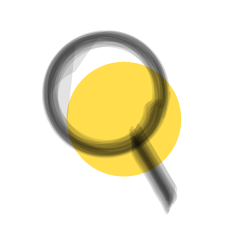
Begin by understanding the problem you’re trying to solve, and why. A process of discovery and thorough research will reveal the business goals, competitor landscape, product ecosystem, target users. What information do we have and what do we still need to find out? How can we find opportunities within the problem space? From here, we synthesize the research findings into actionable insights that will inform the strategy ahead.
STRATEGIZE
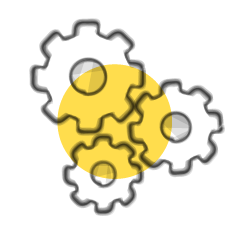
Once we know where we’re going, we need to figure out the best way to get there. Working with stakeholders and engineering partners, we develop validation plans and design strategies, we begin to frame out the shape of the project. How might we solve the core problem for our users? This is also where we begin to identify the metrics and standards by which to evaluate success at each step of the process.
IDEATE

Now it’s time to brain-storm—take what we learned from the previous stages in our process and begin mapping out potential solutions and opportunities. Whether we’re sketching out experience flow diagrams on a white board or arranging feature set priorities on post-it notes, I like to start at a low-fidelity to let the best ideas emerge freely before building up in complexity and fidelity.
REFINE
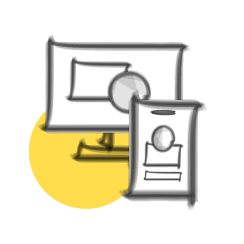
As the ideas evolve, it’s essential to refer back to the original problem that we’re trying to solve. Beginning with rough journey maps and wireframes, we gradually refine the fidelity of our design solutions. Since testing and validation is a huge part of my process, I like to make prototypes at different levels of fidelity and interactivity to make sure we’re on the right track. It’s also critical to keep in constant communication with the engineering team to make sure the solutions we’re proposing are technically feasible.
VALIDATE
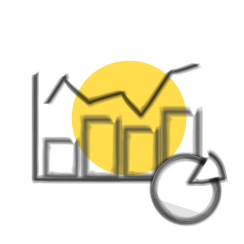
Now that we have a well-packaged, cohesive design solution, it’s crucial to validate our assumptions and design decisions and iterate through testing. There are a variety of approaches to validating a design either qualitatively or quantitatively, and we leverage a mixture of both to measure usability, emotional response, and design effectiveness. At this stage, we’re also checking our hypotheses and planning for future iterations.
ITERATE
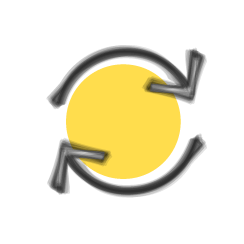
Nothing is more exciting than when a product or feature comes to life. Of course, this is where the *real* test begins, and the best products are never completely “finished”. Keeping an eye on success metrics such as traffic, conversions, and usability metrics help us understand how effective our design solutions are in the real world and iterate from there.
You must be logged in to post a comment.